Essential oils: marketing promise or true health ally?
According to the Robert dictionary, phytotherapy is defined as “the treatment of diseases with plants or their extracts.” Among this natural arsenal are essential oils: true health allies for many ailments. Ravintsara, tea tree, rose, lemongrass… How are they made? What are their positive (and negative) effects on health? Marketing or reality?
1 – How is an essential oil created?
An essential oil is created from an aromatic plant through the process of distillation. In practice, a plant (such as lavender, oregano, thyme, etc.) is harvested, then crushed or cut. It is then placed in a water heater system. The water vapor emanating from the water heater will carry with it the particles of “essential oils”: in other words, the essences contained in the plant. Thanks to a cooling system, the water (in vapor form) and the oil will naturally separate. On one side, the essential oil is harvested; on the other, its “hydrosol” (water with the scent of the plant essence).
It’s important to note that, as with any food, the packaging and growing/harvesting environment of the plant are paramount. Therefore, choose organic essential oils! For your health (and also for the planet’s), it’s a good idea to buy an essential oil that’s been harvested and cultivated with strict purity guidelines.
2 – Do essential oils heal?
Essential oils and herbal medicine can generally relieve a multitude of everyday ailments. This is an observed truth. However, this therapy remains an alternative medicine, without scientific studies to confirm its effectiveness and without health risks. Under no circumstances should you:
- Swallow essential oils,
- put them in direct contact with the skin.
Extreme caution must be exercised with children, who are particularly sensitive to them. In conclusion, essential oils (EOs for those in the know) should be used sparingly after consulting a doctor about the ailments experienced!
Essential oils are, therefore, a comforting treatment. However, among them, some are essential in any medicine cabinet!
Ravintsara essential oil: your ally for winter
Ravintsara is a major essential oil in aromatherapy. Specializing in viral infections (due to its antiviral effect), it is particularly active on the respiratory system: colds, bronchitis, flu, sinusitis, coughs, etc. Its expectorant properties (i.e., those that facilitate expectoration – the expulsion of phlegm) make it your best friend in winter! Its ability to boost immunity is well-proven.
As you will have understood, ravintsara essential oil is generally recommended to help clear congested airways and blocked noses.
Tea tree essential oil: your ally… all year round
Tea tree is an anti-infectious, versatile, and well-tolerated essential oil. It’s a must-have in everyone’s first aid kit! This essential oil also soothes skin infections (fungal infections, abscesses, boils, canker sores, gingivitis, etc.).
Tea tree essential oil is also considered ideal for fighting winter viruses and microbes (sore throats, coughs, rhinitis, etc.). It is said to have the following properties:
- antibacterial
- anti-fungal
- antivirals
- anti-parasitic
- anti-inflammatories
- It would promote muscle contraction.
Essential oils for better sleep
Used sparingly, certain essential oils can play a role in sleep. Thanks to their relaxing and sedative properties, they promote sleep onset and restorative sleep. These essential oils include (but are not limited to):
- basil
- chamomile
- marjoram
- lavender
- petitgrain
- neroli
They can be used in a suitable essential oil diffuser (preferably without water) or massaged with sweet almond oil (for example) on the chest or back.
Little relaxing tip: take a relaxing bath to optimally prepare for falling asleep! Place 4 to 6 drops of lavender essential oil in 1 tablespoon filled with salt. When the essential oil is well absorbed, dilute the mixture in warm bath water. It’s ready! You can consider variations to this bath by adding lavender essential oil and marjoram essential oil, for example.
Phytotherapy: Can we treat ourselves with plants?
Although popular, aromatherapy is only a subset of phytotherapy (healing with plants). So, back to the point: does pure phytotherapy work? Whether in the form of infusions, inhalations, or even plasters, a multitude of virtues are attributed to plants.
However, keep in mind that we’ll only give a few examples of plant uses and their benefits here. The list is far from exhaustive! Furthermore, “plants” does not mean “without the risk of side effects.” Many medications have a plant as their origin!
Clay: the friend of oily and/or blemish-prone skin
This earth, rich in minerals and trace elements (such as iron, zinc, silicon, magnesium, etc.), has properties:
- absorbent
- cleaning
- purifying
- Some give it anti-inflammatory activity.
Generally, people with acne-prone skin (or spots) are advised to apply plasters to dry out spots. Masks for the entire face (for oily skin) are recommended for an immediate purifying effect. However, significant hydration (with a quality moisturizer) is still necessary after removing the dried clay to avoid damaging and damaging the skin.
Infusions: verbena, valerian, chamomile… Placebo or not?
Digestion, a peaceful night, a moment of Zen, drainage, exercise… Dried leaf infusions offer a whole host of marketing promises. Is it truly effective for our bodies? Is it a pure placebo? The quantities of active ingredients contained in herbal tea bags and infusions are low. Nevertheless, this doesn’t prevent these plants from having a positive effect on health, especially if taken regularly, over the medium term.
In any case, it is essential to choose organic leaves, without any addition or treatment with insecticides during development.
- Green anise, fennel, peppermint, sage, and rosemary have been used since ancient times in many countries to aid digestion. Tip: Peppermint essential oil is great for digestive spasms!
- Passion flower, orange blossom, and lavender to reduce stress and anxiety.
- Verbena, chamomile, or even valerian can help you fall asleep. Valerian has been the subject of numerous studies that have proven its real effectiveness in reducing the time it takes to fall asleep! However, since the doses present in herbal teas are low, it is advisable to drink 2 to 3 cups per day (including in the evening) to observe effectiveness after a few weeks.
- Thyme, a great ally for facing winter! First, thyme contributes to our body’s immune defenses. Second, it soothes the throat and mouth during seasonal viral infections. It has antiviral, antioxidant, and expectorant properties (clears the bronchi).
What diet should I choose to boost my immune system?
Let’s talk less, let’s talk vitamins. Many vitamins are available over the counter in pharmacies or online. But the easiest and healthiest way… is to find them in the supermarket! That’s right: the main sources of vitamins are on our plates and in the food we choose. But what effects do vitamins have? Vitamin A, B2, K, D, B12… Where can you find them? What are they used for?
It’s not so easy to find your way around, especially since no food label is required to specify the vitamin content of a particular product (except for marketing promises – and we recommend you be wary of them!)
The diagram below is self-explanatory. It shows the main vitamins and their sources! All the vitamins necessary for the body are found in a balanced diet.
Am I vitamin D deficient if I don’t live in the sun?
Vitamin D helps bind calcium to bones and, therefore, helps build or maintain our bone mass. We naturally synthesize vitamin D through various organs (liver, kidneys), but especially through our skin in contact with the sun. However, even frequent and sustained sun exposure does not provide our bodies with a sufficient dose! To do this, we would have to live in the sun constantly in our underwear – for example.
Fortunately, external sources of vitamin D exist. We find this in:
- fatty fish (like salmon)
- fish oils (such as herring)
- chocolate
- the cheese
- The eggs.
A balanced diet allows us to have sufficient vitamin D reserves during young adulthood.
However, in older adults (and especially postmenopausal women), these intakes – even if significant – are no longer sufficient. This is why vitamin D supplements are sometimes recommended for daily, monthly, or quarterly intake. Another stage of life requires a high vitamin D intake: young age up to at least 2 years old.
As you will have understood, a balanced diet throughout most of one’s life is sufficient to meet vitamin D intake. Sun exposure is beneficial, but it is not enough, especially at certain ages (its benefit is more psychological). Supplementation in young children and older adults can regulate the vitamin D level.
How does physical activity affect my immune defenses?
At all times—and even more so during this time—exercise remains your best ally against many ailments. Everyone has their level and pace! Moderate activity (brisk walking, 30 minutes a day) puts your body in the best position to cope with life’s stresses.
By the way, have you heard of NEAT? It’s the energy (calorie) expenditure generated by our small daily activities (sweeping, taking out the trash, changing the sheets, picking up the mail, etc.). Many of us completely underestimate it! NEAT is an excellent way to combat a sedentary lifestyle. We’ll tell you more in this article.
So, what are you waiting for? Here are some benefits of regular exercise:
- General well-being with secretion of endorphins and happy hormones (serotonin + dopamine in particular)
- Activation of the immune system to fight viruses and other bacteria more effectively
- Strengthening the cardiovascular system (and reduction of cardiovascular diseases such as myocardial infarction, high blood pressure)
- Anti-stress
- Facilitates and improves sleep
- Fight against overweight and obesity
- Strengthens bone structure
- Anti-aging and anti-oxidant effect – fighting against the development of cancers
So, don’t hesitate any longer: go for it, walk, do yoga, pilates, zumba, cycle, do housework… Get moving 🙂

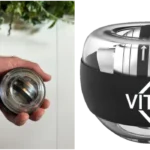

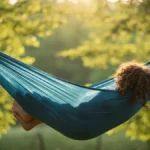
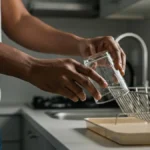

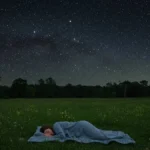


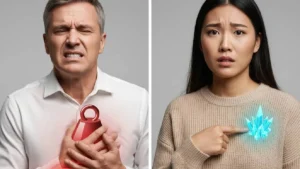
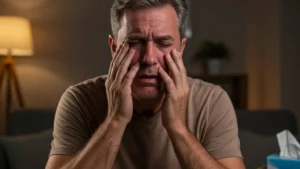
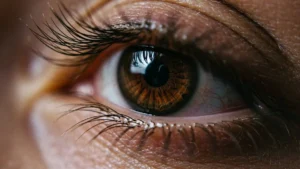
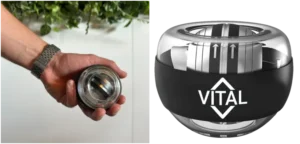


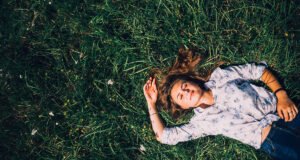

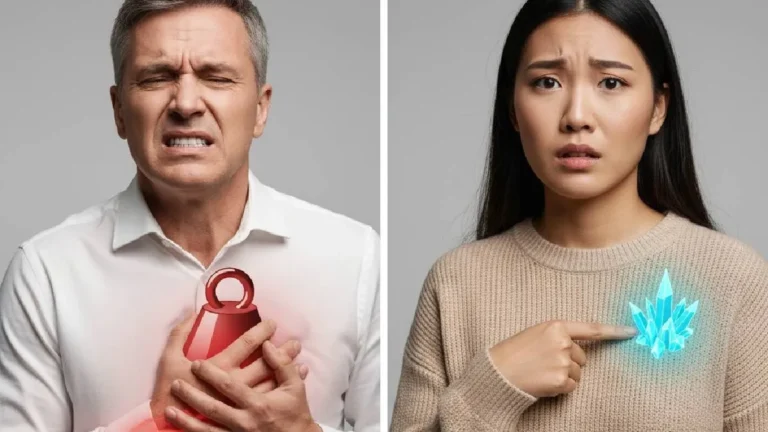
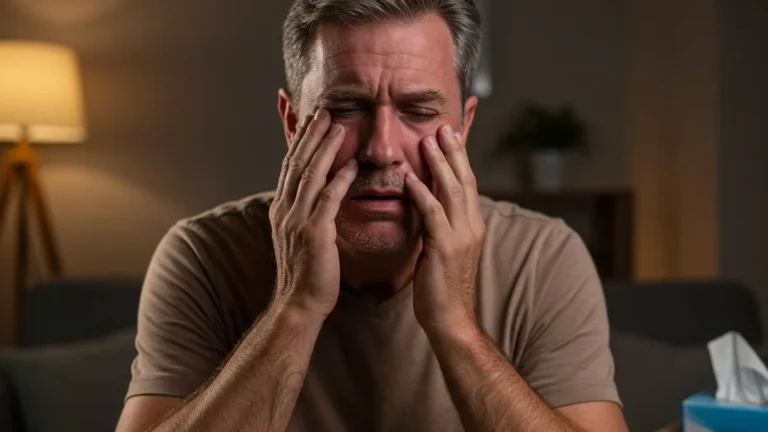
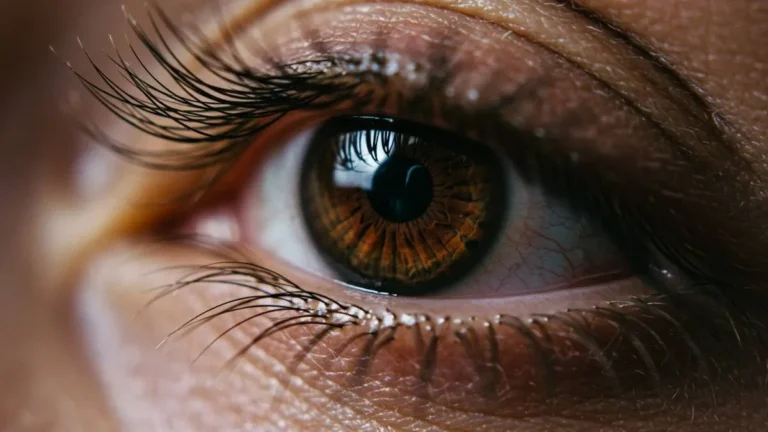


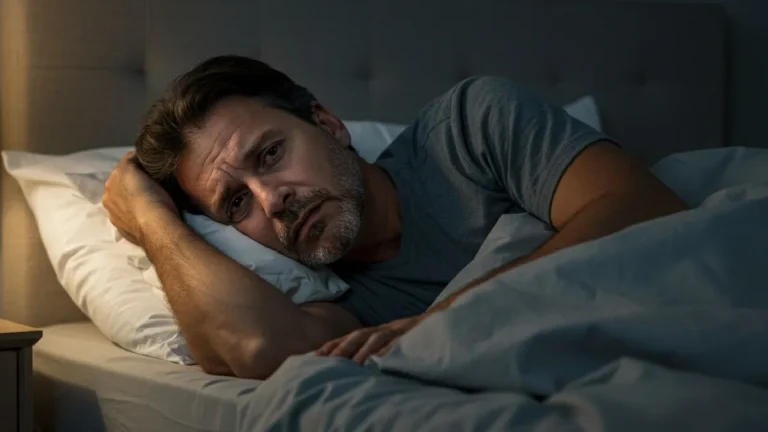
+ There are no comments
Add yours